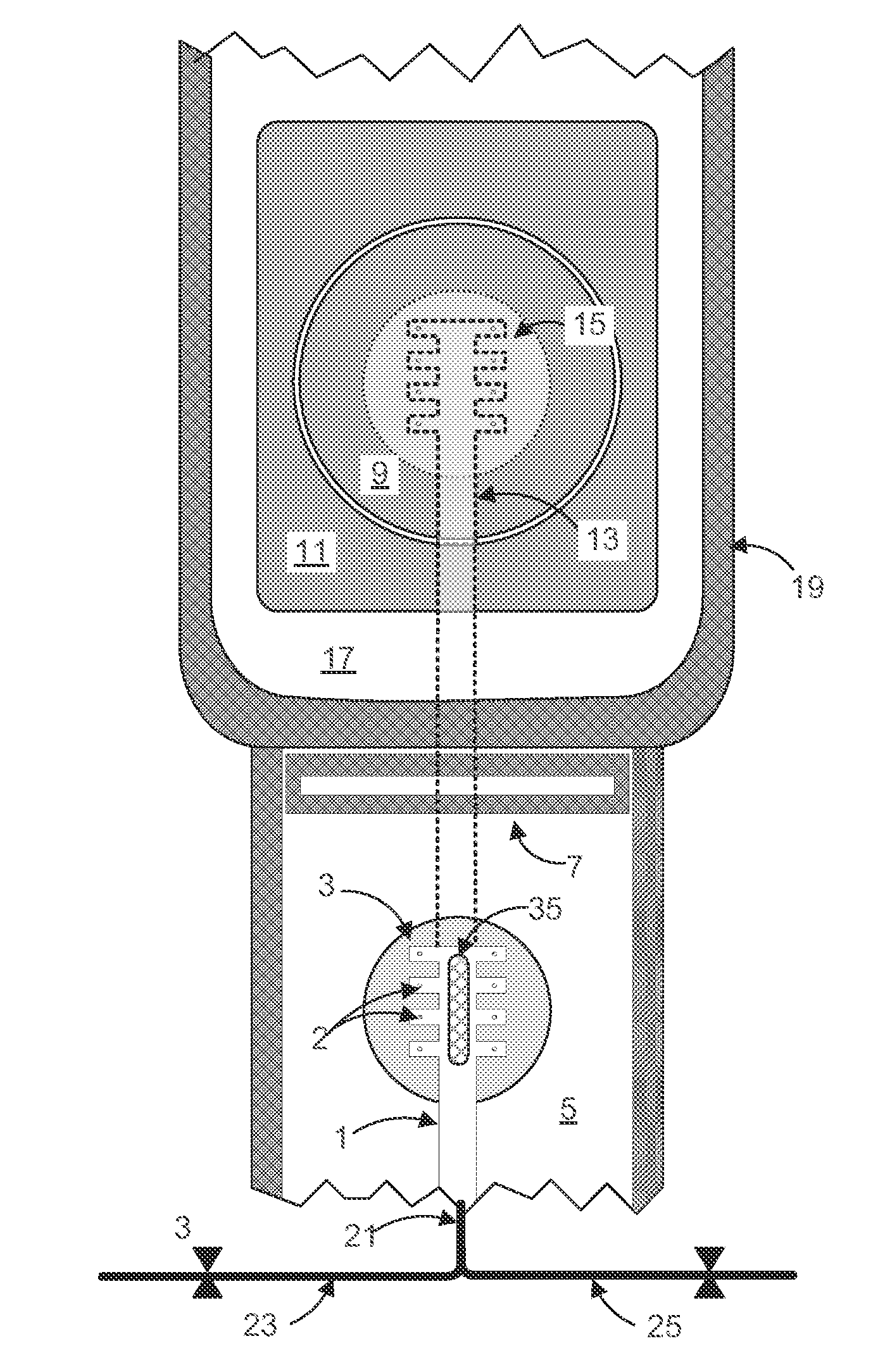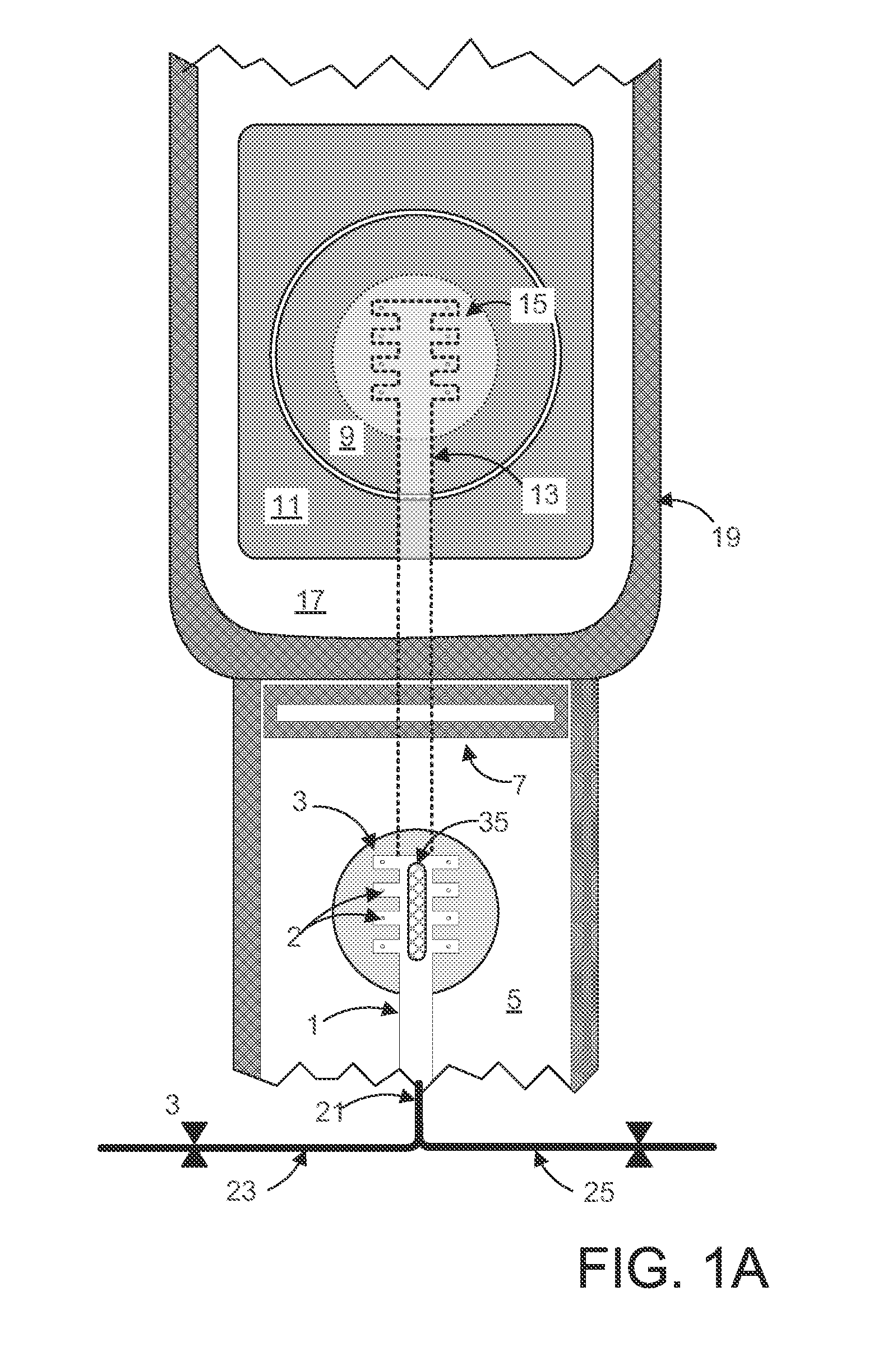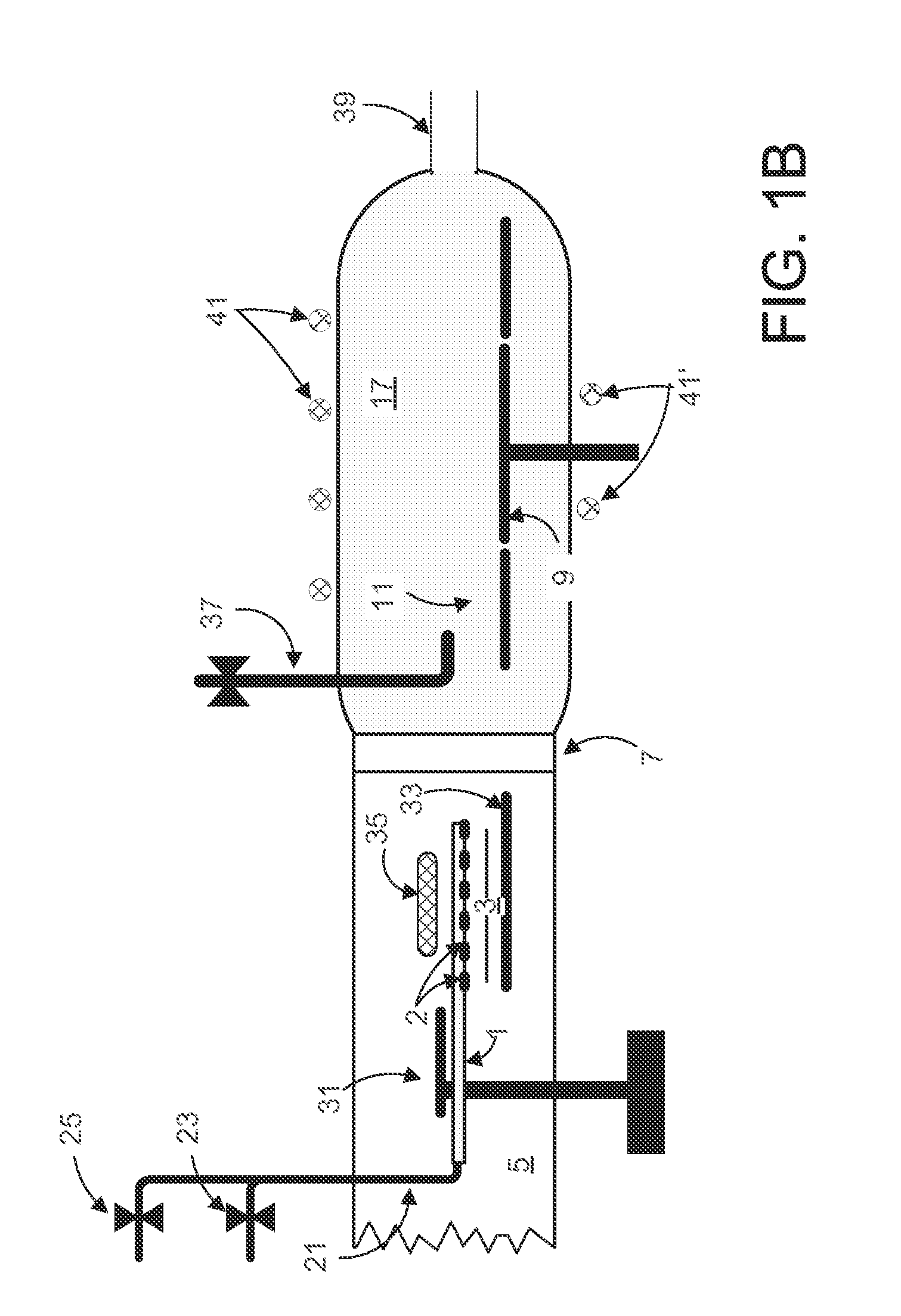Transfer of high temperature wafers
- Summary
- Abstract
- Description
- Claims
- Application Information
AI Technical Summary
Benefits of technology
Problems solved by technology
Method used
Image
Examples
Embodiment Construction
[0025]Preferred embodiments of the invention are now described. It should be understood that the preferred embodiment using Bernoulli wands are not limiting and other embodiments of this invention do not use Bernoulli wands. Headings are used herein for clarity only and without any intended limitation.
[0026]The words “significant” and “likely” (and similar words of degree) are used here to mean within acceptable and expected limits, usually commercially-acceptable limits. For example, in the phrase “significant wafer damage is unlikely in the process”, the phrase “significant wafer damage” is taken to mean damage that limits or prevents intended, usually commercial, applications of the wafer. The phrase “unlikely in the process” is taken to mean that, although significant damage may occur, it occurs sufficiently rarely that commercial use of the process is not hindered or prevented. The ranges signified by these terms depend on commercial requirements (or research requirements, or t...
PUM
| Property | Measurement | Unit |
|---|---|---|
| Temperature | aaaaa | aaaaa |
| Temperature | aaaaa | aaaaa |
| Force | aaaaa | aaaaa |
Abstract
Description
Claims
Application Information
 Login to View More
Login to View More - R&D Engineer
- R&D Manager
- IP Professional
- Industry Leading Data Capabilities
- Powerful AI technology
- Patent DNA Extraction
Browse by: Latest US Patents, China's latest patents, Technical Efficacy Thesaurus, Application Domain, Technology Topic, Popular Technical Reports.
© 2024 PatSnap. All rights reserved.Legal|Privacy policy|Modern Slavery Act Transparency Statement|Sitemap|About US| Contact US: help@patsnap.com










